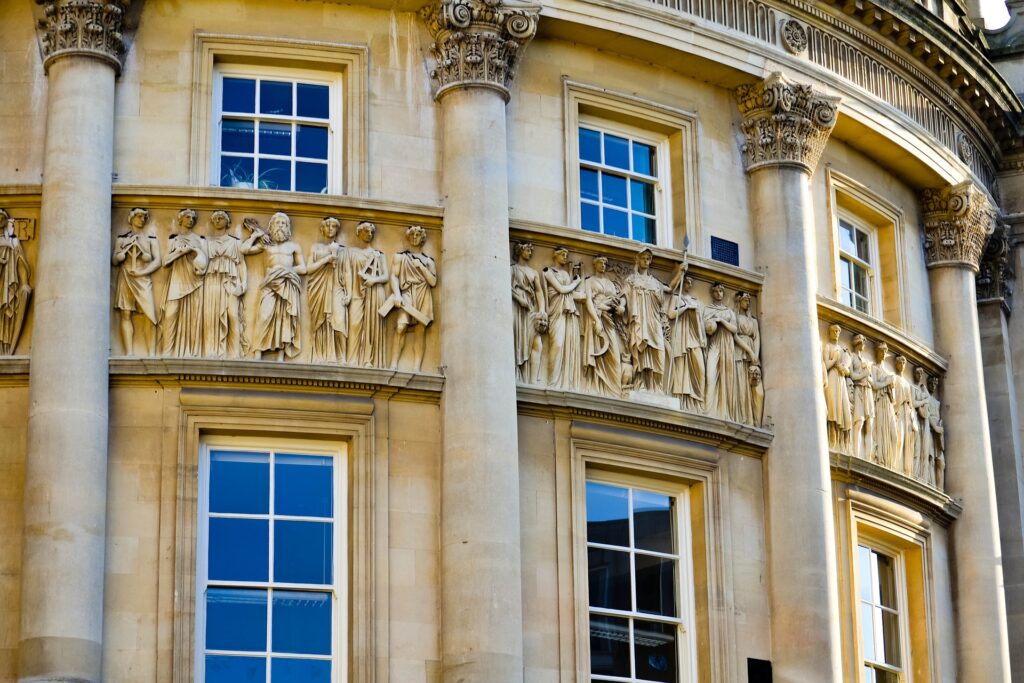Advice when buying a Listed building
When considering buying a listed property there are a few things to be aware of. There are three levels of listing, I, II* and II. Grade II properties (which make up 95% of listed properties) are deemed of historical and architectural significance but to a lesser extent than those Grade I and II*. Historic England holds a database on all listed properties and it would be wise to look up the property and check why it has been listed and if there are any special features mentioned. This can be done here: https://historicengland.org.uk/listing/the-list/

The main thing to be aware of when purchasing a listed property are the restrictions on what modifications can be made, both internally and externally. The listing is designed to protect the special characteristics of the property. The property is protected by law and you would require listed building consent (on top of the usual building/planning consents) to make any significant changes. The listing covers the whole property, both internally and externally, unless specified in the listing. Common areas that would require consent (and may or may not get approved) are the replacement of windows, structural changes, extensions, removing fireplaces etc. This is not to say that you can’t make changes, but that you would need to check with your local planning authority in order to ascertain if it is allowed. As such, if there are specific changes that you would require in order to be content living in the property then it would be advisable to check these in advance of committing to a purchase. This would likely not extend to things like redecoration or replacing items like kitchen units or bathroom fittings. Equally, ‘like for like’ replacements, such as replacing a roof tile or similar do not normally require consent. Due to the traditional materials used in listed properties they can be more expensive to maintain than their modern counterparts.
Equally, if you are aware of changes to a listed property that the current owners of a listed property have made then your solicitor should request paperwork to ensure that the correct consents were obtained. And when owning a listed property it is usually helpful to get to know your local conservation officers as they will be best placed to advise on any changes. Their advice can often be invaluable.
It is also worth noting that as reinstatement costs are usually higher for listed buildings, it can mean that insurance premiums are higher than they would be for a similar non-listed property. However, with all that said listed properties are often especially enjoyed by their owners due to their unique characteristics and the property’s link with the past. The features that make them listed are often also what makes them desirable.
